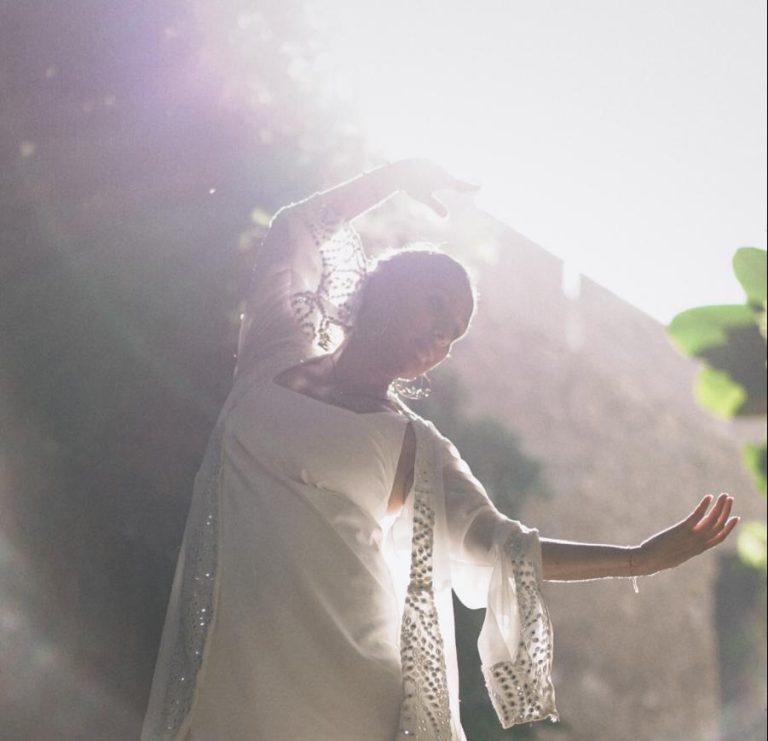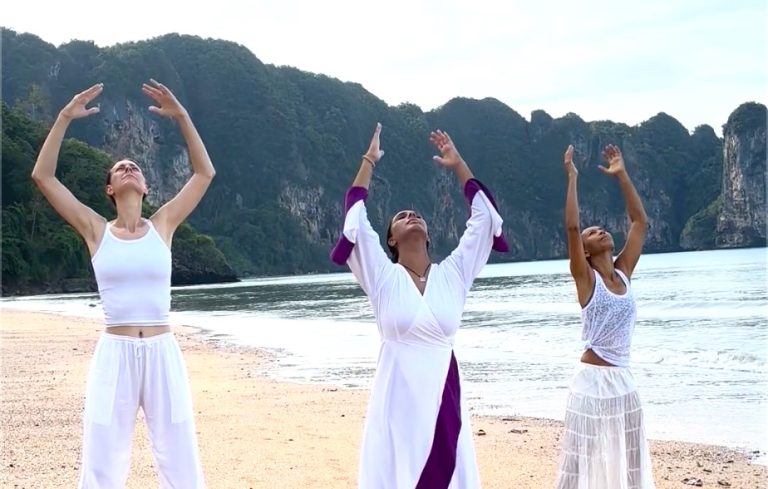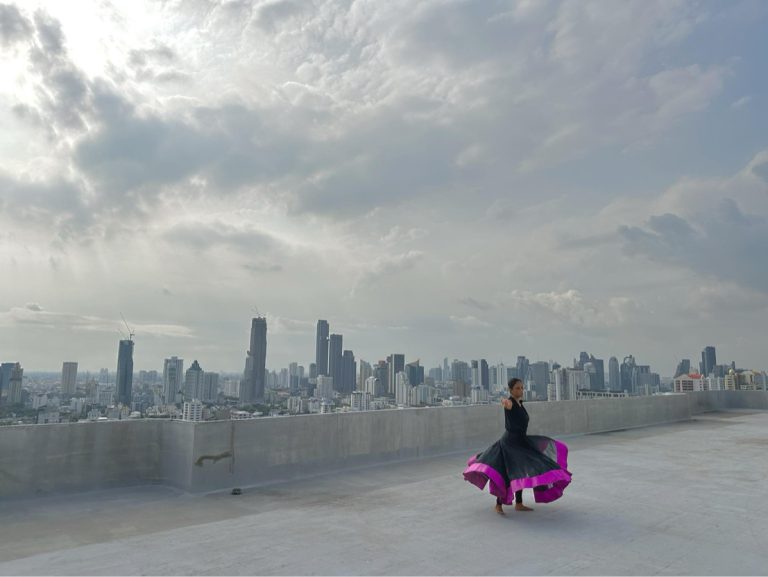Moving Through Stillness
“Stillness is not an escape from life. It is life fully lived—awake, aware, and in harmony.”
By Margaret Lombard
The Journey Inward
It took me over a decade to truly understand the relationship between movement and stillness. I’m not referring to the quiet you encounter on a solitary walk or in an empty room. The stillness I speak of is more subtle—an inner presence that lies beneath the noise of thought, beyond dualities like positive or negative, effort or rest.
For many of us, stillness feels most accessible when the body is still. And this is true. In meditation, when the body softens and the breath calms, the mind often follows. This is the gateway to inner clarity—a sacred meeting point with yourself. A path to self-awareness and discovery.
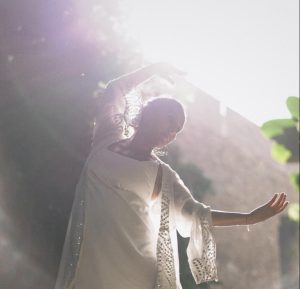
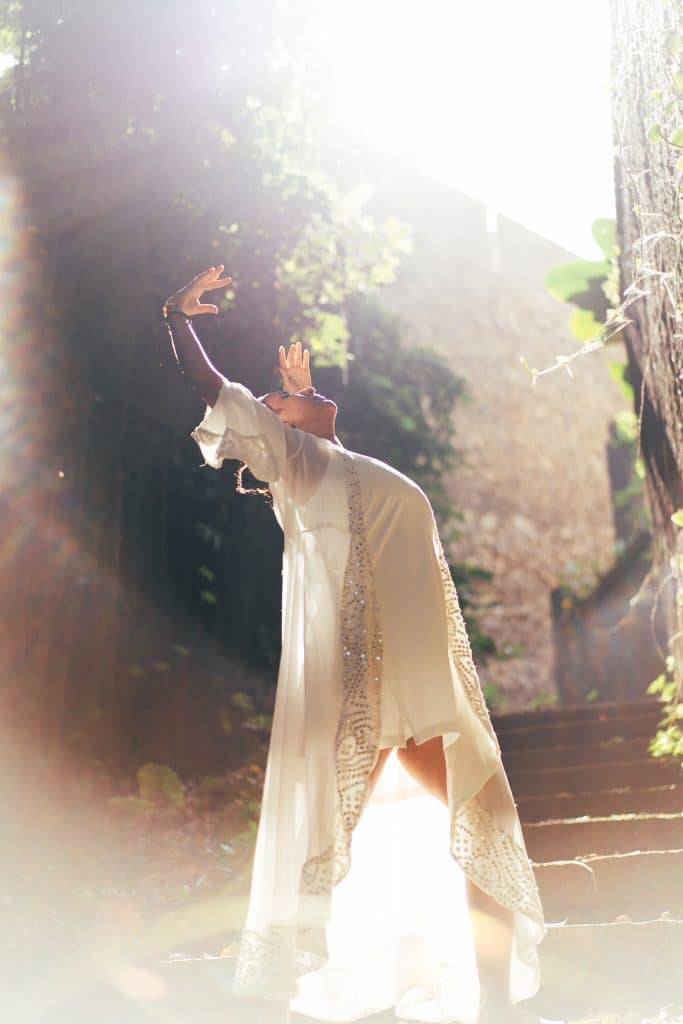
Can We Feel Stillness in Movement?
Yes.
Stillness doesn’t require stillness of body. Your asana practice, a run, a dance, a swim—even something as ordinary as washing dishes—can become a moving meditation.
Stillness in motion is not about what you’re doing, but how you’re doing it. When breath and movement align with awareness, any activity becomes a path inward. You step and rest into stillness as life continues to flow through you.
“You don’t have to be motionless to be still.”
Through movement, we’re offered the opportunity to experience the truth of who we are. We learn how to stay centered in action, responsive rather than reactive, aware rather than distracted. In this clarity, we choose wisely, we live deeply.
The Nature of Stillness
Stillness is often misunderstood as emptiness or lack of motion. In truth, stillness is full—full of presence, energy, and potential.
Like a spinning top in perfect balance, stillness can be both dynamic and calm. It is a state of unconflicted movement, where body, breath, and awareness flow in harmony.
“Stillness is skill in action.”
Stillness emerges when we participate wholeheartedly in what we are doing. It’s not about what’s happening around us, but about our inner alignment with the moment.

Why Stillness Is So Powerful
Stillness isn’t just spiritual—it’s physiological. It soothes the nervous system, calms the breath, and expands the mind. It offers:
A space to reflect on your thoughts without being caught in them.
A sense of balance, presence, and emotional clarity.
A deeper connection to energy and aliveness
When we act from stillness, there is no inner conflict. We are present, focused, and fully alive.
How Do You Rest Into Stillness?
Start with your breath. Simple breath awareness can ground your attention, though it doesn’t always quiet the mind immediately.
At times, thoughts and emotions will surge. Tranquility may give way to distraction, fatigue, desire, or mental noise. This is where mindfulness becomes essential.
“Mindfulness is a refinement of awareness.”
It allows us to see both our point of focus and the distractions—without judgment. With mindfulness, we observe. We stay present. We allow the waves to pass without becoming them.

Patience Is the Path
Let your practice grow naturally. Let your body build strength and balance. Let your mind learn to sustain focus. Over time, a quiet sense of stillness settles in—whether you’re seated in meditation or moving through your day.
This is moving through stillness.
When you experience yourself in this way, even briefly, something shifts. You no longer feel separate from the flow of life. You begin to sense that your consciousness is part of something greater, something whole.
“This new awareness reveals a deeper truth: you are not separate—you are woven into the living fabric of everything.”


